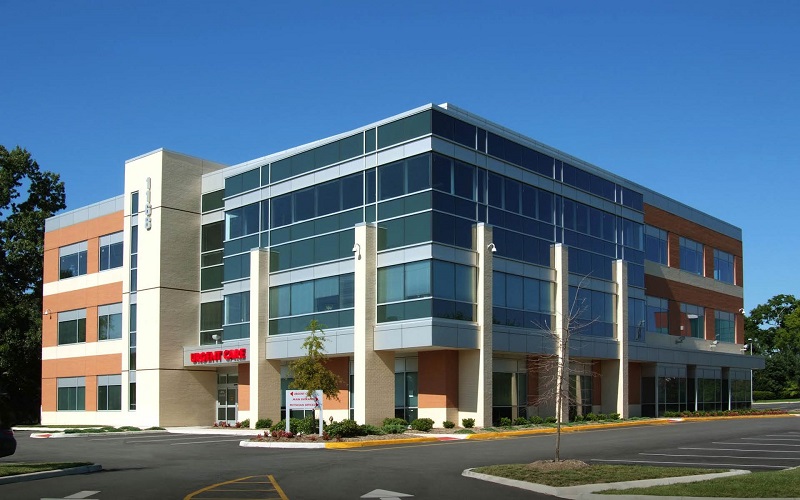Medical Buildings

3 Reasons to Invest in Medical Buildings
Medical offices might not be the first property to come to mind when considering commercial investments. They’re fairly niche, and not as popular or cool as investing in a tech startup. Still, putting money into these properties can lead to stable returns, more than one might expect. Here are three reasons why medical offices make excellent commercial investments:
Recession Resistant
Economic downturns can come out of nowhere. A serious housing crisis rocked the market only ten years ago, causing a serious recession for the next several years. If anything, this crisis showed how important it is to be judicious in our investments. With that said, medical offices are seriously resistant to a recession, especially compared to residential real estate. Medical services will always be necessary, no matter how tough times get. People still get sick, doctors will still work, and they’ll need a place to treat their patients. Now that’s not to say that these investments are impervious to recessions, but they’re an essential service.
Low Tenant Turnover
It can be difficult to find the right tenants at first. The most successful medical offices offer a variety of services, from qualified general practitioners to a variety of specialists. Having a wide breadth of medical personnel can keep clientele returning to the same location. Once a repertoire of tenants is accumulated, it typically takes quite some time before they decide to move to a different location. Unlike residential tenants, medical professionals need a really good reason to move. They might still do so if their client base increases dramatically, or the location’s services aren’t up to their standards, but they won’t move simply for a change of scenery.
Growing Demand
The American population is growing older. That is a simple fact. A steadily increasing quality of life has led to higher life expectancy. Combined with decreasing birth rates, this makes for an older population. Older Americans need more services than their younger counterparts, and they need them for longer. Seniors are more at risk for injury and chronic illness and are more likely to need medical services. As the population grows older, more and more Americans will need medical services. This means demand for medical buildings can only increase.
